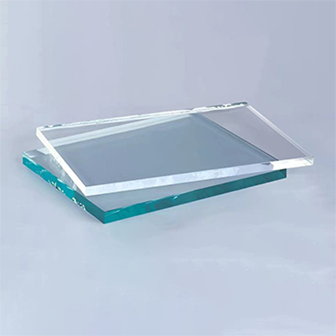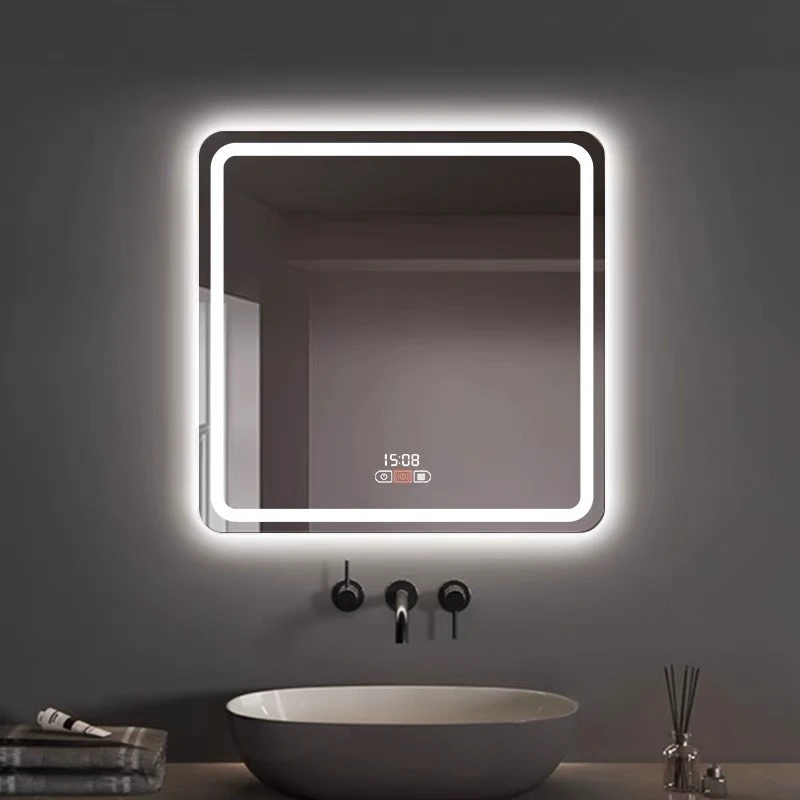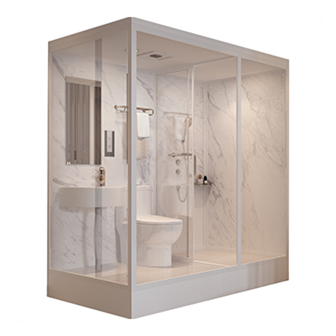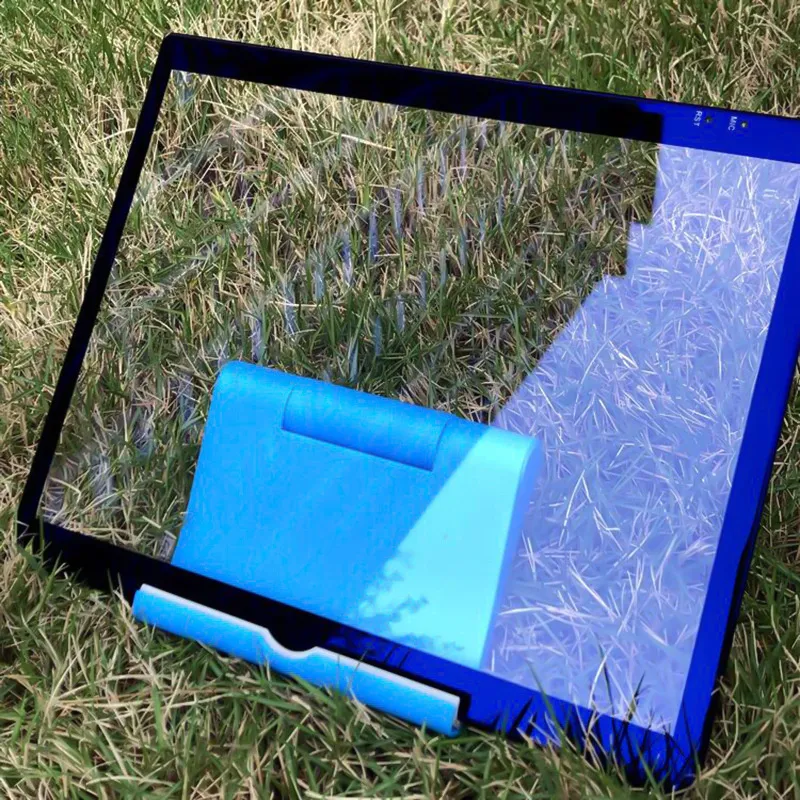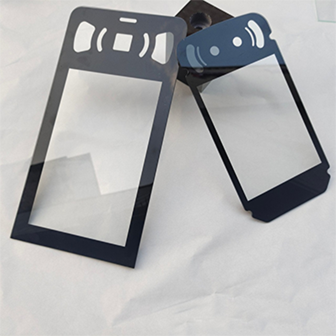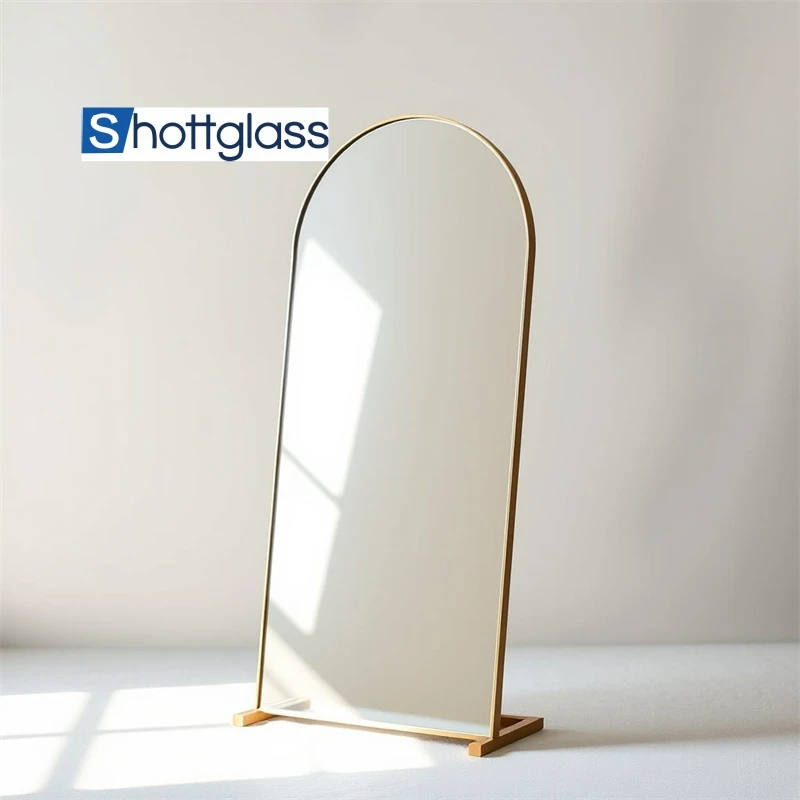Jul . 30, 2025 04:40 Back to list
Premium AG Glass for Display Clarity – Anti-Glare Solutions
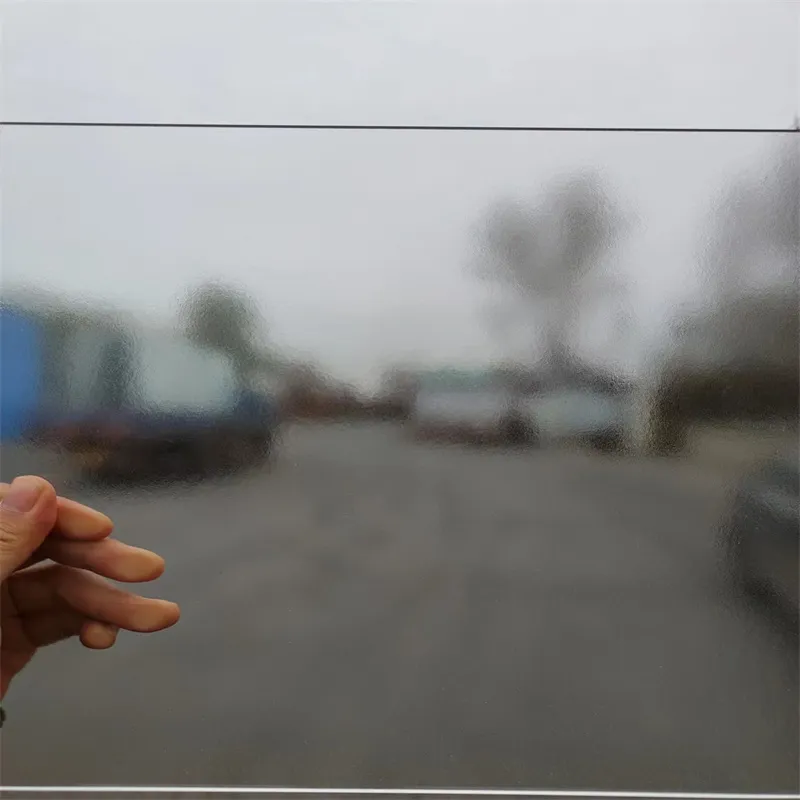
The global shift towards high-clarity displays and industrial process automation has fueled the ever-rising demand for ag glass (Anti-Glare Glass). But what is AG glass? Simply put, AG glass is a specially treated float glass, typically processed by chemical etching or fine sand-blasting, resulting in a matte, micro-rough surface that scatters incident light—significantly reducing direct reflections and glare.
As the interface for automotive displays, medical touch panels, photorealistic exhibition cases, precision instrumentation, and industrial HMI panels, ag glass balances durability, close-to-natural light transmission, and anti-glare comfort. According to ISO 9211: Glass for Optics – Surface Treatment, AG glass is increasingly standardized and essential in advanced manufacturing.
1. Industry Trend Analysis: The Rise of AG Glass
Deployment of ag glass has exploded in industrial automation, automotive HUDs, and large-format interactive digital signage (source: Display Daily 2023). According to authoritative sources (GLASSONWEB), the combined push of regulations (like ANSI Z97.1 for safety glazing and ISO 9001 for process control) drives AG glass towards higher transmission, better abrasion resistance, and superior chemical durability.
1.1 Market Size and Investment Flows
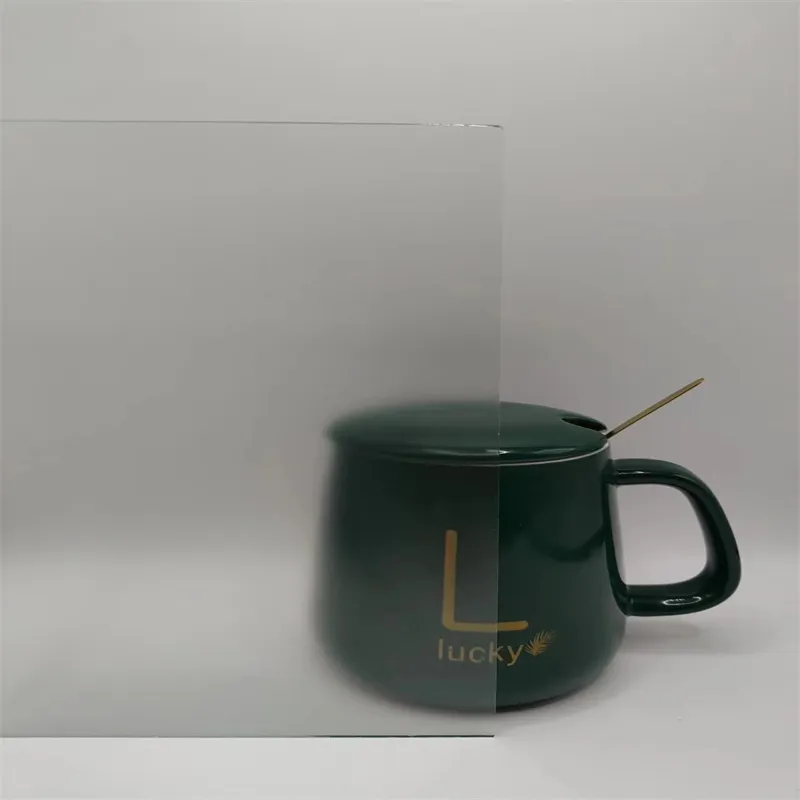
- APAC leads with >44% market share, driven by electronics and automotive industries (Japan, South Korea, China).
- North America: Medical device and control panel growth (23% CAGR in display-based medical devices, 2022-2026, Source: Grandview Research).
- EMEA: Strong demand in precision petrochemical and water treatment monitoring solutions.
2. What is AG Glass? Technical Principles & Product Variants
AG glass (Anti-Glare Glass) is a type of high-clarity float, soda-lime, or extra-clear glass. Its surface is made “matte” via acid-etching or micro-sandblasting. This results in a micro-rough geometry on the surface (~0.1-1.8μm Ra), creating angular light scatter, which dramatically reduces surface glare and specular reflection. Reflected ambient light is diffused, making AG glass ideal for viewing screens under harsh lighting and industrial environments.
3. AG Glass Manufacturing Process (with Diagram)
(low iron/soda-lime) → Pre-Cutting
CNC/precision waterjet → Edge Polishing
Grind, bevel´ as needed → Chemical Etching
HF-free, automated tank etch → Washing & QC
ISO 9211-compliant inspection → Custom Machining
Drill/CNC, surface prints → Packing & Delivery
Protective lamination/crating
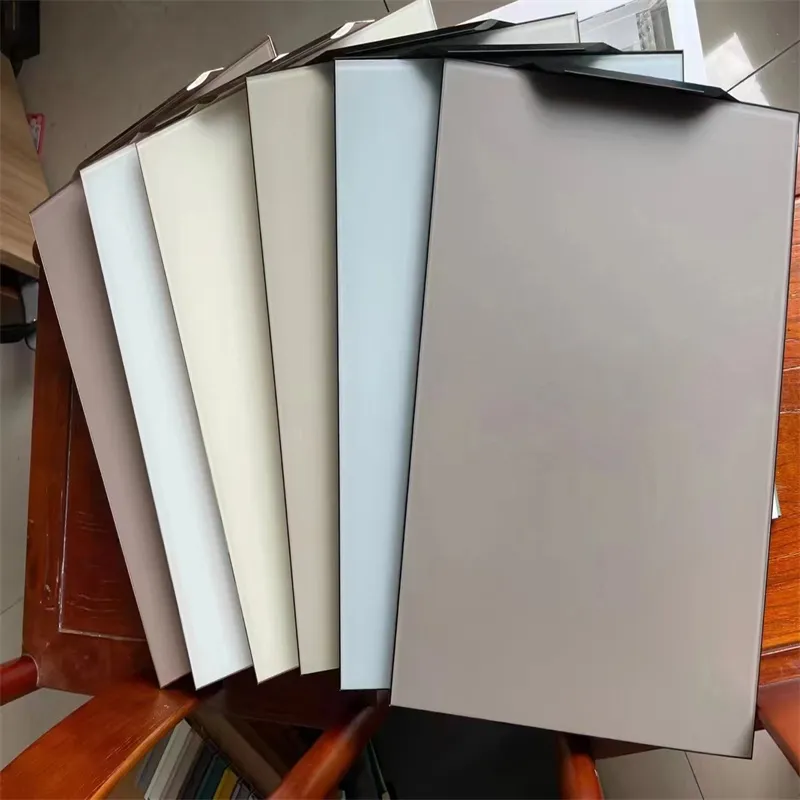
4. AG Glass Typical Parameters & Specification Sheet
| Property | AG Glass (Std. Range) | Super-AG Glass | Regular Float Glass |
|---|---|---|---|
| Thickness (mm) | 1.1–8.0 | 0.55–12 | 0.5–19 |
| Visible Light Transmission (%) | 85–92 | 93–97 | 83–91 |
| Haze Level (%) | ~5–12 | 1–5 | <1 |
| Surface Roughness (Ra, μm) | 0.1–1.8 | 0.06–0.18 | <0.03 |
| Durability (Cycles, Taber Abrasion Test) | >15,000 | >40,000 | >6,000 |
| Operating Temp. Range (°C) | -40 ~ +250 | -50 ~ +340 | -40 ~ +300 |
| Chemical Resistance | Excellent (Acids/Bases) | Superior (ISO 9227) | Standard |
| Safety/Certifications | ISO 9211, ANSI Z97.1, RoHS | ISO, DIN, RoHS | ISO 9001 |
5. Technical Advantages of AG Glass
- Light Diffusion: Surface textures scatter incoming light, preventing mirror-like glare and maintaining clarity under direct sunlight—vital for instrument panels and outdoor kiosks.
- Enhanced Durability: AG glass passes stringent abrasion (Taber) and chemical tests per ISO 9227, outperforming regular glass in harsh/industrial settings.
- Broad Chemical Resistance: The etched surface is resilient against acids, alkalis, organic solvents, and corrosion–suitable for petrochemical, metallurgy, and waste water sectors.
- Touch & Anti-Fingerprint: Micro-rough topography reduces visible smudging, crucial for medical/food industry touch interfaces.
- Customizability: Easy CNC shaping/drilling; can combine with AR (anti-reflection), AS (anti-smudge), or privacy coatings for tailored requirements.
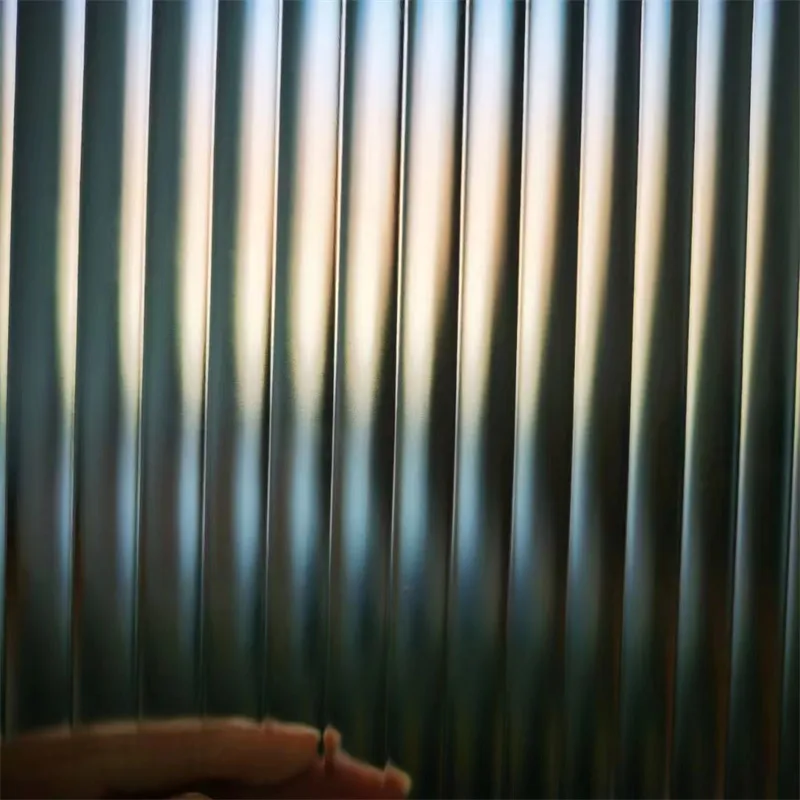
6. Vendor Comparison: AG Glass Industry Leaders
| Company | Region | Core Product(s) | Certifications | Delivery Times (wks) |
|---|---|---|---|---|
| Chinamirrorglass | China | Etched AG glass panels, custom HMI AG sheets | ISO 9001, ISO 9211, RoHS | 2–4 (stock), 4–7 (custom) |
| AGC Inc. | Japan | Luxclear AG, Finematte AG | ISO, JIS, RoHS | 4–8 |
| Saint-Gobain | EU | Satinovo AG glass, SGG Vision Line | EN 1096, ISO 9211 | 5–8 |
| Schott AG | Germany | Xensation AG, optical AG panels | ISO/DIN, RoHS, ANSI | 5–10 |
| Guardian Glass | USA | UltraClear AG, Eagle AG | ANSI Z97.1, ISO 9001 | 4–8 |
- Chinamirrorglass: Notable for ultra-fast custom CNC, low MOQ (10pcs), and rapid prototyping for industrial clients.
- AGC/Schott: Reputation for optical-grade AG; certified for medical and avionics panels.
7. Custom AG Glass: Solution Design & Key Parameters
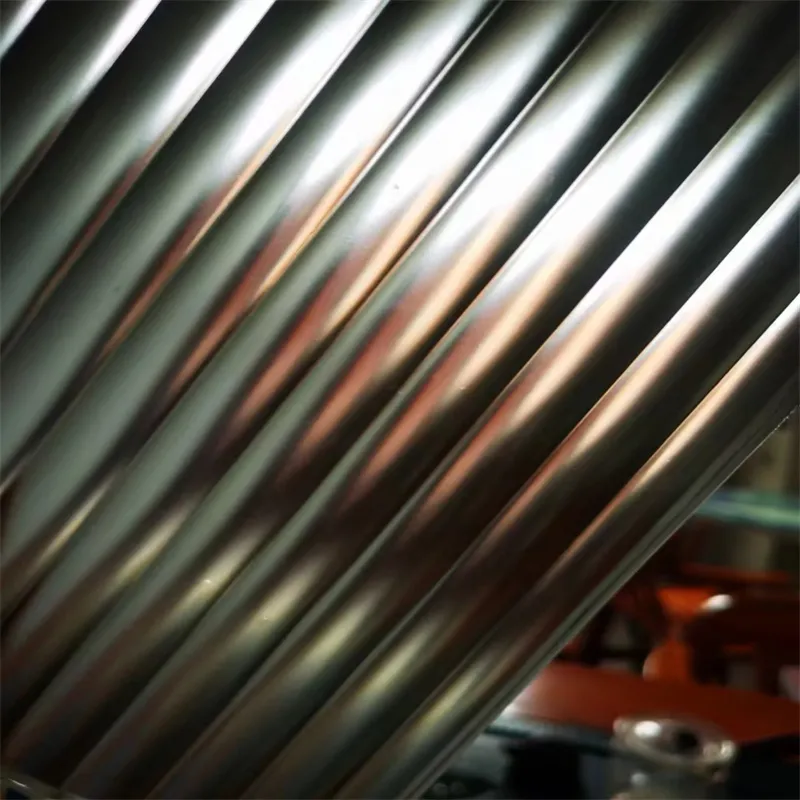
ag glass can be tailored by thickness, transmission, haze, and geometry. For industrial process control or medical device applications, consult with vendors early:
- Choose thickness — typically 2mm (displays), 4mm (control enclosures), up to 10mm (large kiosk, process window).
- Specify surface finish (Ra 0.1–1.3μm for touch, Ra >1.5μm for harsh light).
- Opt for edge treatments (polished, chamfered, drilled) for safety and fit.
- Request certification (ISO 9211, RoHS/REACH) for regulated sectors.
- Consider lamination with AR, anti-fingerprint (AF), or privacy layers.
- Samples are usually available in 5–10 working days (Chinamirrorglass service standard).
Product Customization Table
| Parameter | Option A | Option B | Option C |
|---|---|---|---|
| Thickness (mm) | 1.1 / 2.0 | 3.2 / 4.0 | 5.0 / 6.0 / 8.0 |
| Light Transmission (%) | 92 | 89 | 85 |
| Haze Level (%) | 5 | 8 | 12 |
| Surface Roughness (Ra, μm) | 0.12 | 0.45 | 1.6 |
| Edge Finish | Polished | Chamfered | Beveled/Drilled |
| Extra Coatings | None | AR (anti-reflective) | AF (anti-fingerprint) |
8. Application Scenarios & Industrial Case Studies
- Oil & Gas, Petrochem Facilities: AG glass observation windows in process enclosures minimize glare and increase operator safety; proven to reduce error rates by 11% (Petroleum Engineering Journal, 2023).
- Industrial/Water Treatment Control Panels: Ensures stable display readability in harsh, high-humidity environments–supported by life cycle test data (ISO 9227 salt spray passed >320 hours).
- Automotive Displays & EV Dashboards: OEMs require anti-glare performance with haze 5–9%, VLT >89%; top AG supplied by Chinamirrorglass and AGC.
- Medical Devices (Touch Screens/Lights): AG glass reduces eye fatigue; surfaces compliant with ISO 13485 and FDA food contact recommendations.
- Smart Home Panels / IoT Switches: Prevents annoying reflections from ceiling lights, improving user experience and voice UI recognition accuracy.
- Food & Beverage Production Monitoring: Surface resists organic/inorganic stains, FDA GRAS compliant (Reference: Food Engineering Magazine, 2022).
Case: AG Glass in a Chemical Water Plant, 2023
Solution: Chinamirrorglass supplied 4.0mm AG panel (Ra=1.3μm, haze=9%) custom-fit to old frame.
Outcome: Average operator inspection time improved by 17%; 2-year field test showed no degradation, fully compliant with ISO 9211 durability.
9. FAQ—Technical Q&A for AG Glass
10. Delivery, Warranty & After-Sales Support
- Lead time: Stock panels in 2–4 weeks; custom shapes/coatings 4–7 weeks (Chinamirrorglass AG Glass)
- Warranty: Industry standard 24 months; up to 5-year warranty on structural & surface integrity.
- Service: Detailed technical datasheet on request; samples, optical haze/roughness test reports, custom packaging, and global freight supported.
- Client support: 24/7 engineer team, rapid-response WhatsApp, WeChat, and email for all after-sales issues.
References & Authority Sources
-
Types of Reflective Glass
NewsNov.17,2025
-
What Is Dichroic Glass?
NewsNov.17,2025
-
Smart LED mirrors can have touch controls
NewsNov.17,2025
-
Laminated glass improves energy efficiency
NewsNov.17,2025
-
Insulated glass enhances building comfort
NewsNov.17,2025
-
Acid etched glass offers elegant privacy
NewsNov.17,2025
Related PRODUCTS


